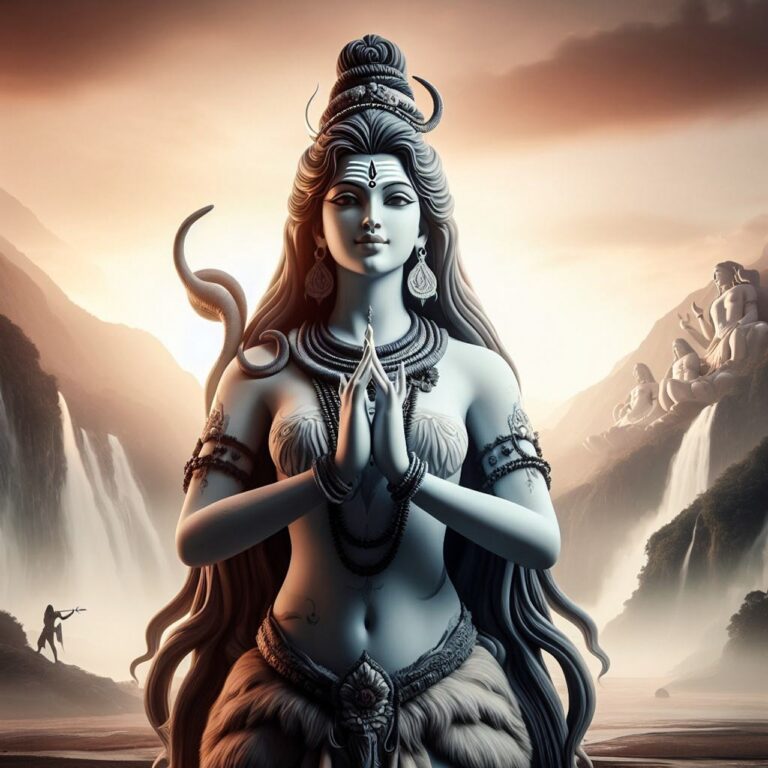Gender Representation in Video Games: Progress and Challenges
One prevalent issue in video games is the perpetuation of gender stereotypes through the portrayal of male and female characters. Male characters are often depicted as strong, dominant, and heroic, embodying traits such as physical prowess and leadership. On the other hand, female characters are typically portrayed as submissive, overly sexualized, and in need of rescue, reinforcing traditional gender roles and expectations.
The prevalence of these gender stereotypes not only limits the representation of diverse identities in video games but also reinforces harmful societal norms. This lack of diversity in character representation can alienate players who do not identify with the narrow depictions of gender roles presented in games, leading to a disconnect between players and the digital worlds they inhabit. It is crucial for game developers to challenge these stereotypes and strive for more inclusive and representative character portrayals to create more welcoming and diverse gaming environments.
• Male characters are often depicted as strong, dominant, and heroic
• Female characters are typically portrayed as submissive, overly sexualized, and in need of rescue
• Lack of diversity in character representation can alienate players
• Game developers should challenge stereotypes for more inclusive gaming environments
Portrayal of Female Characters
The depiction of female characters in video games has long been a subject of scrutiny within the gaming community. Oftentimes, female characters are limited to roles such as damsels in distress, love interests, or overly sexualized fighters. These narrow portrayals can reinforce harmful gender stereotypes and perpetuate the idea that women are secondary to male protagonists in gaming narratives.
Additionally, the lack of diverse representation among female characters further exacerbates the issue of stereotyping in video games. Women of color, LGBTQ+ individuals, and individuals with disabilities are often underrepresented or misrepresented in games, contributing to a homogenous portrayal of femaleness in the medium. This lack of diversity not only limits the gaming experiences of marginalized groups but also reinforces the notion that only a narrow range of identities are valid or worthy of representation in video game narratives.
Lack of Diversity in Character Representation
In the realm of video games, there exists a pervasive issue regarding the representation of characters. Many games continue to fall short in showcasing a diverse range of characters, often sticking to conventional stereotypes and limited variations in their portrayals. This lack of diversity not only limits the potential for inclusive storytelling but also hinders the opportunity to connect with a wider audience.
The underrepresentation of marginalized groups in video game characters is a prevalent concern that has not seen significant improvement over the years. The industry has a responsibility to create content that reflects the rich tapestry of society, yet it often resorts to recycling dated character tropes that do little to challenge or inspire. By broadening the scope of character representation and embracing diversity, video games have the power to become more inclusive and reflective of the world we inhabit.
Why is gender diversity important in video games?
Gender diversity is important in video games to ensure that all players feel represented and included. It helps combat gender stereotypes and promote equality in the gaming industry.
How are female characters typically portrayed in video games?
Female characters are often portrayed as overly sexualized, helpless, or serving as a reward for male protagonists. This perpetuates harmful stereotypes and limits the range of roles available to female characters.
What are the consequences of a lack of diversity in character representation?
The lack of diversity in character representation can lead to limited perspectives and experiences being portrayed in video games. It can also alienate certain groups of players who do not see themselves reflected in the games they play.
What can be done to improve diversity in character representation?
Game developers can strive to create more diverse and nuanced characters, including a wider range of genders, races, sexual orientations, and abilities. They can also consult with diverse groups of people to ensure authentic and respectful representation.







